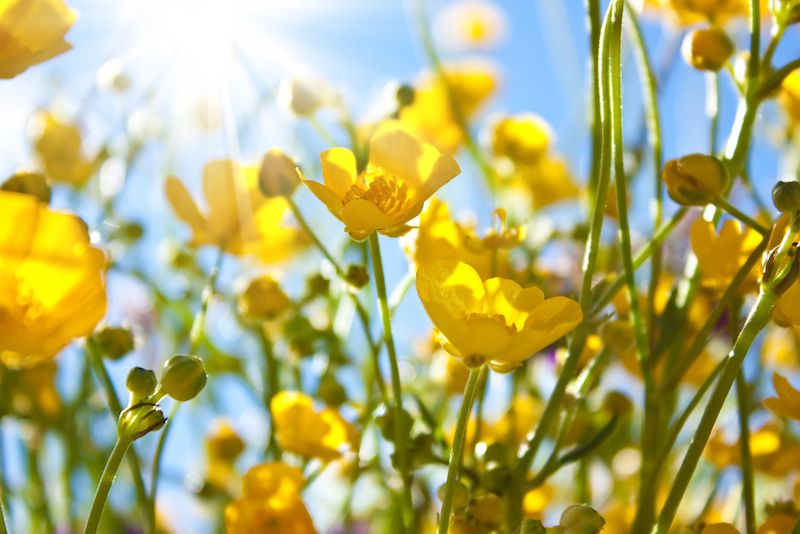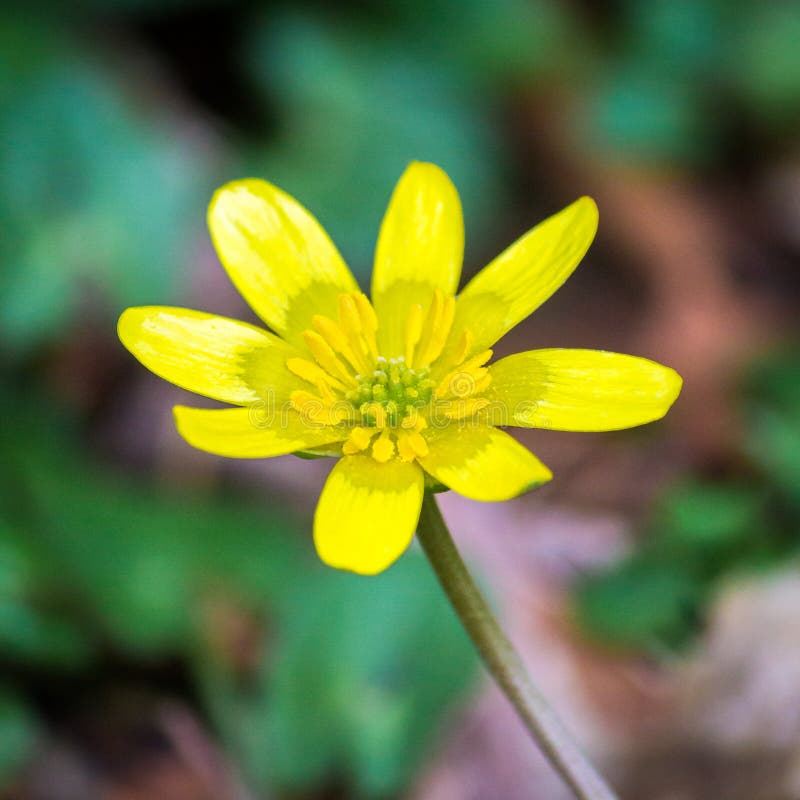

#Buttercup yellow skin#
Contact with the sap of the plant can cause skin blistering. Creeping buttercup also is spread through the transportation of hay. The plants then take advantage of the cropped ground around it to spread their stolons. The taste of buttercups is acrid, so cattle avoid eating them. Like most buttercups, Ranunculus repens is poisonous, although when dried with hay these poisons are lost. Cultivation and uses Ĭreeping buttercup was sold in many parts of the world as an ornamental plant, and has now become an invasive species in many parts of the world. In Ireland: very common in damp places, ditches and flooded areas. It is a very common weed of agricultural land and gardens, spreading quickly by its rooting stolons and resisting removal with a deeply anchored filamentous root ball. It grows in fields and pastures and prefers wet soil.

Creeping buttercup has three-lobed dark green, white-spotted leaves that grow out of the node. The fruit is a cluster of achenes 2.5–4 mm ( 3⁄ 32– 5⁄ 32 in) long.

The gloss is caused by the smooth upper surface of the petal that acts like a mirror the gloss aids in attracting pollinating insects and thermoregulation of the flower's reproductive organs. The flowers are golden yellow, glossy, and 2–3 cm ( 3⁄ 4– 1 + 1⁄ 4 in) diameter, usually with five petals, and the flower stem is finely grooved. Both the stems and the leaves are finely hairy. The leaves higher on the stems are smaller, with narrower leaflets and may be simple and lanceolate. The basal leaves are compound, borne on a 4–20 cm ( 1 + 1⁄ 2–8 in) long petiole and divided into three broad leaflets 1.5–8 cm ( 1⁄ 2– 3 + 1⁄ 4 in) long, shallowly to deeply lobed, each of which is stalked, distinguishing the species from Ranunculus acris in which the terminal leaflet is sessile. It has both prostrate running stems, which produce roots and new plants at the nodes, and more or less erect flowering stems. It is a herbaceous, stoloniferous perennial plant growing to 50 cm (20 in) tall. It is also called creeping crowfoot and (along with restharrow) sitfast. Moreover, it carries good amounts of other B-complex groups of vitamins like pyridoxine, thiamin, pantothenic acid, riboflavin, and minerals like copper, selenium, calcium, iron, manganese, phosphorus, and zinc.Ranunculus repens, the creeping buttercup, is a flowering plant in the buttercup family Ranunculaceae, native to Europe, Asia and northwestern Africa. Potassium is a heart-friendly electrolyte, which helps in decreasing blood pressure and heart rate by countering the pressing effects of sodium. On the contrary, it carries ample amounts of potassium (350 mg/100 g), an important intra-cellular electrolyte. It helps prevent neural-tube defects in the newborn when taken during early pregnancy in expectant mothers.īuttercup is low sodium (3 mg/100 g) winter squash. Folate is a cofactor involved in cell division and DNA synthesis. It is also a good source of folates, provides 24 µg or 6% of RDA per 3.5 oz. Vitamin C is essential for collagen synthesis in bones, cartilage, and blood vessels, and aids in iron absorption.
#Buttercup yellow free#
Together with vitamin-A, these poly-phenolic pigment compounds help scavenge harmful oxygen-derived free radicals and reactive oxygen species (ROS) from the body that play a role in cancers, aging, and various inflammatory disease conditions.įresh Buttercup squash holds relatively higher amounts of vitamin C (20% of RDA /3.5 oz), pyridoxine, and thiamin than pumpkin. Vitamin A is an important antioxidant that helps in cell growth and mucosal repair, fighting cancer, and for good vision. It can be a good substitute for gluten-sensitive (celiac disease) people.īuttercup squash is a powerhouse of carotenoids and vitamin-A, provides about 1370 IU per 3.5 oz (100 g) and 820 μg of β-carotene. Besides, it carries no saturated fats or cholesterol.īuttercup squash is a gluten-free food item. It is also an excellent source of soluble and insoluble dietary fiber. It is a low-calorie winter squash variety that holds just 34 calories per 3.5 oz (100 g). Buttercup has a similar nutrition profile as kabocha squash.


 0 kommentar(er)
0 kommentar(er)
